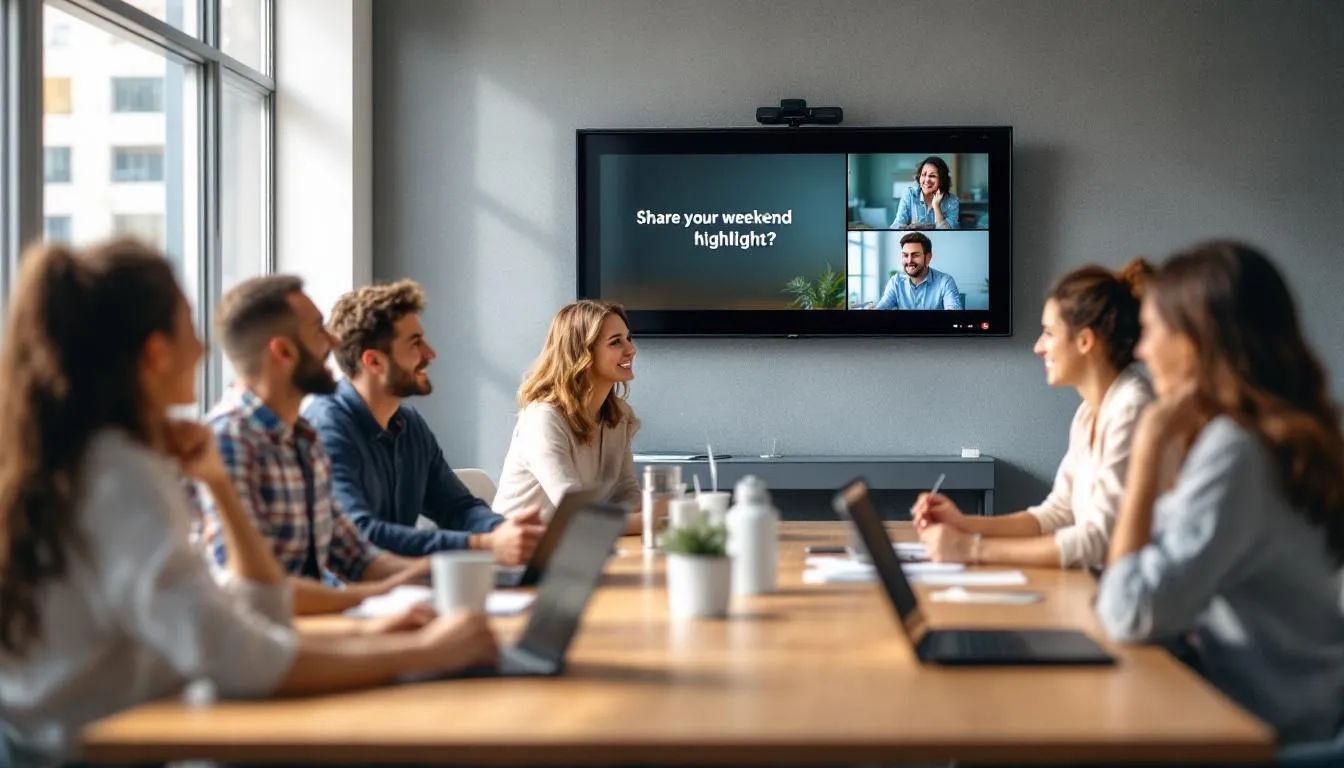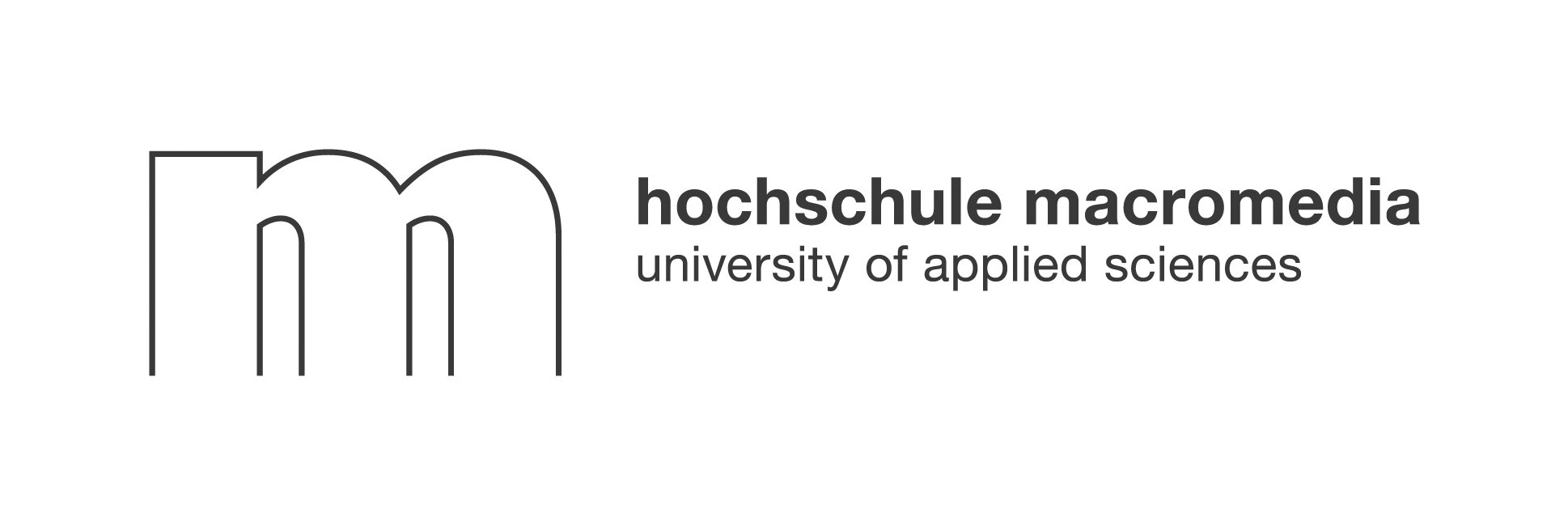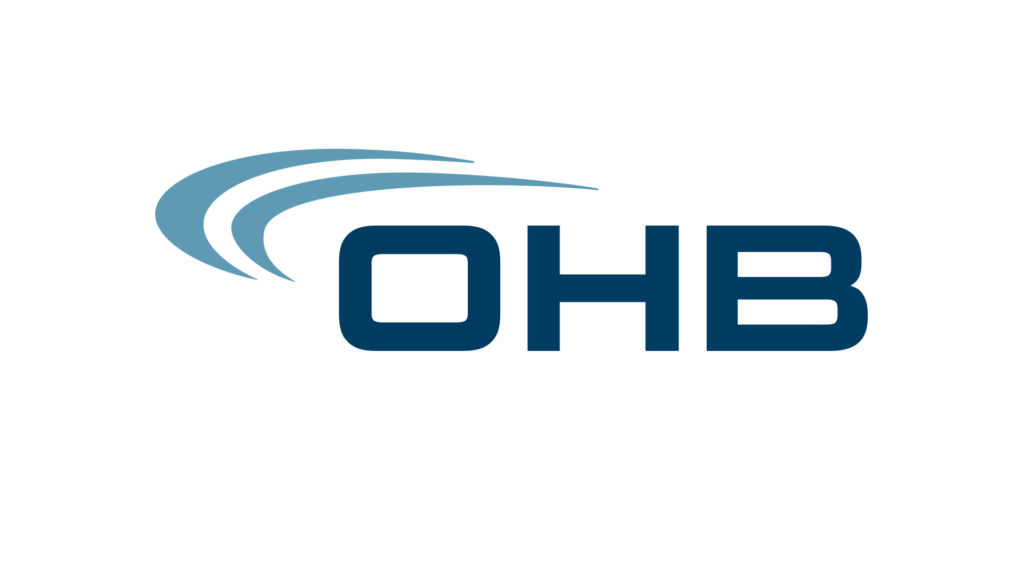In 2025, workplaces are more dispersed, digital, and diverse than ever. Yet, one universal truth remains: genuine connections between colleagues are the lifeblood of a thriving company culture. If you’re wondering how to create non-work-related interactions at work—especially in hybrid or remote environments—this guide will show you why it matters, what gets in the way, and how AI-powered solutions like Neroia are revolutionizing the way teams build real relationships, not just surface-level connections.
“The best workplaces don’t just get work done—they help people belong, laugh, and support each other as humans, not just coworkers.”
Why Non-Work Interactions Matter for Engagement, Wellness, and Retention
The science behind social bonding at work
Research consistently shows that humans are wired for connection. Social neuroscientists have found that meaningful, informal interactions trigger the release of oxytocin—the “bonding hormone”—which reduces stress and builds trust. According to Great Place To Work, employees who feel cared for and included by colleagues are not only happier but also more resilient during challenging times. In fact, loneliness at work can be as detrimental to health as smoking 15 cigarettes a day.
Non-work-related interactions—like chatting about weekend plans or sharing a laugh over a meme—are the glue that holds teams together. These moments foster psychological safety, making it easier for people to share ideas, admit mistakes, and support each other.
Business outcomes of connected teams
The business case for casual connection is clear. Teams with strong interpersonal bonds see:
- Higher engagement scores and job satisfaction
- Lower turnover and burnout rates
- Increased collaboration and creativity
- Faster problem-solving and decision-making
A 2024 Gallup study found that engaged employees are 14% more productive and 23% more profitable for their organizations. When people feel a sense of belonging, they’re more likely to stay, grow, and go the extra mile.
Barriers to Casual Connection in Remote, Hybrid, and On-Site Settings
Despite the benefits, knowing how to create non-work-related interactions at work is not always straightforward, especially as teams operate across time zones, screens, and physical locations.
Time zones and scheduling conflicts
Distributed teams often span continents, making it difficult to find overlapping hours for spontaneous chats or group activities. When a colleague’s workday ends as yours begins, organic connection can feel out of reach.
Tool overload and digital fatigue
With so many apps—email, chat, video, project management—employees can feel overwhelmed. Adding yet another platform for socializing can backfire, leading to digital fatigue and disengagement. People crave real connection, not more notifications.
Fear of distraction or lost productivity
In fast-paced environments, both leaders and employees worry that too much “small talk” will eat into focus time. Some fear being perceived as unproductive if they initiate non-work conversations, especially in hybrid or remote settings where visibility is limited.
Ground Rules: Crafting an Inclusive Culture That Welcomes Small Talk
Before diving into tactics, it’s essential to set the stage for authentic, inclusive interactions. Here’s how to create non-work-related interactions at work by building the right foundation.
Psychological safety cues every team needs
Psychological safety means people feel safe to express themselves without fear of embarrassment or retribution. Simple cues—like leaders admitting mistakes, celebrating diverse interests, or encouraging questions—signal that it’s okay to be human at work.
Teams thrive when:
- Everyone’s voice is valued, regardless of role or location
- Sharing personal stories is welcomed, not judged
- Mistakes are seen as learning opportunities
Leadership behaviors that model openness
Leaders play a critical role. When managers start meetings with a personal check-in or share their own hobbies, it normalizes non-work conversation. Recognizing and rewarding acts of kindness or peer support also helps embed these behaviors into company culture.
“If you’re moving right through the agenda, that doesn’t mean you’re in a productive meeting. It just means you may have plowed over the very roadblock that’s standing in the way of your people.” – Holly Petroff, EVP at Great Place To Work
How to Create Non-Work-Related Interactions at Work: 10 Proven Tactics
Wondering how to create non-work-related interactions at work that actually stick? These tactics blend digital and human approaches, and can be adapted for any team setup.
Virtual coffee roulette for distributed teams
Randomly pair employees for a 15-minute virtual coffee chat. This breaks down silos, sparks new friendships, and helps remote workers feel seen. AI-driven platforms like Neroia take this further by matching people based on shared interests, making each conversation feel natural and engaging.
Shared-interest channels that spark daily chatter
Create dedicated spaces—like Slack or Teams channels—for hobbies, pets, travel, or pop culture. These give employees permission to share and connect over what excites them, not just what’s on their to-do list.
Micro-break check-ins to reset energy
Encourage brief, informal check-ins (2–3 minutes) during the day. These “pulse pauses” can be as simple as sharing a photo, a joke, or a quick mindfulness exercise. AI tools can prompt these moments at optimal times, ensuring they energize rather than interrupt.
“Shared joy is double joy; shared sorrow is half a sorrow.” – Swedish Proverb
Designing Meetings for Human Moments Without Derailing Agendas
Meetings don’t have to be all business. Here’s how to create non-work-related interactions at work without losing focus.
The 5-minute opener template
Start each meeting with a simple, non-work question: “What’s the best thing you ate this week?” or “Share a recent win, personal or professional.” This builds rapport and makes the transition to work topics smoother.
Rotating spotlight questions that deepen rapport
Assign a “spotlight” role that rotates each meeting. The spotlight person asks a fun question or shares something about themselves. This ritual helps everyone feel included and valued.
Leveraging Technology Wisely: Platforms that Spark Serendipity
Technology can either build bridges or create barriers. The key is to use tools that enable, not force, genuine interaction.
Auto-match apps for peer connections
AI-powered platforms like Neroia analyze employee interests, schedules, and engagement patterns to recommend small-group activities (think yoga, cycling, or cultural lunches) with just the right mix of people. Unlike traditional “forced fun” events, these micro-events are opt-in, personalized, and easy to join.
Internal blogs and story walls that amplify voices
Internal blogs offer a space for employees to share vacation stories, book recommendations, or celebrate personal milestones. Story walls can highlight achievements outside work, fostering pride and connection. These platforms make it easy for everyone—regardless of location—to contribute and engage.
Measuring Connection: Metrics, Surveys, and Continuous Improvement
You can’t improve what you can’t measure. Here’s how to create non-work-related interactions at work that evolve with your team’s needs.
Pulse survey questions that reveal true sentiment
Use short, regular surveys to ask:
- Do you feel connected to your colleagues?
- Do you have someone at work you can confide in?
- How often do you participate in non-work activities?
Analyzing these responses helps leaders spot gaps and celebrate progress.
Signal data from collaboration tools to track progress
Modern engagement platforms—including Neroia—can analyze anonymized data from chat, event participation, and feedback to reveal patterns. Are more people joining micro-events? Are new connections forming across departments? These insights guide future initiatives.
“When employees get one-to-one support, they feel seen. Plus, as a leader, you become better equipped to respond to their personal needs.”
Steps to Building a Connected Workplace

- Assess current barriers to informal connection (e.g., time zones, tool fatigue)
- Set clear expectations for psychological safety and inclusion
- Introduce AI-driven platforms like Neroia to curate micro-events
- Encourage leadership to model openness and small talk
- Measure impact using pulse surveys and participation data
Signs Your Workplace Needs More Non-Work Interactions
- Rising feelings of isolation or disengagement
- Declining participation in team activities
- Siloed communication across departments
- Lack of personal stories or laughter in meetings
Benefits of AI-Driven Micro-Events
- Effortlessly discover colleagues with shared interests
- Break down silos between remote, hybrid, and on-site staff
- Boost morale, well-being, and retention
- Replace awkward, forced gatherings with authentic connection
Neroia: Revolutionizing Non-Work Interactions with AI
Traditional company-organized initiatives often fall short in hybrid environments. Why? They’re usually generic, sporadic, and lack personalization. Employees may feel pressured to attend, leading to awkwardness or resistance. Hybrid isolation makes it even harder—those working remotely can’t join in-person events, while on-site staff may not relate to virtual-only options.
Neroia transforms how to create non-work-related interactions at work by leveraging artificial intelligence to curate micro-events that are:
- Tailored to individual interests and schedules
- Limited to 3–4 participants for intimacy and inclusivity
- Seamlessly integrated with existing tools like Microsoft Teams, wellness apps, and pulse surveys
For example, in the OHB pilot, Neroia’s platform orchestrated yoga sessions and company runs, matching employees based on preferences and availability. AI chatbots handled invitations, reminders, and feedback, while anonymized analytics helped HR refine offerings—all without ever compromising employee privacy.
“With Neroia, authentic connections happen naturally. Employees join what excites them, not what’s expected.”
Neroia’s commitment is to replace contrived, one-size-fits-all gatherings with vibrant, AI-tailored experiences. The platform’s closed, secure community ensures privacy while supporting HR with actionable, anonymized insights.
Aligning with 2025 Trends: Employee-Driven, Inclusive, and Human
As we move deeper into 2025, the future of workplace culture is clear:
- Employees want control over how and with whom they connect
- Small-group, interest-based activities foster deeper trust and camaraderie
- Psychological safety and inclusivity are non-negotiable
Neroia’s approach fits these trends perfectly. By breaking down silos and weaving informal interactions into the fabric of daily work, the platform helps teams build relationships that last. Whether it’s a lunchtime cycling group, a mindfulness workshop, or a cultural exchange, every micro-event is an opportunity for employees to thrive as people, not just professionals.
“Creating a connected workplace isn’t about adding more meetings. It’s about making every interaction count.”
The Future: Building Vibrant, Connected Teams
Knowing how to create non-work-related interactions at work is now a strategic imperative. Authentic, AI-powered micro-events are the new standard for fostering well-being, retention, and productivity. By focusing on employee-driven engagement, psychological safety, and inclusive activities, companies can cultivate a culture where everyone feels seen, valued, and energized.
For organizations ready to lead this transformation, Neroia offers the most flexible, employee-centric platform to effortlessly build authentic connections—today and into the future.
Ready to see how Neroia can help your team thrive? Discover the power of AI-driven micro-events and join the movement to create a more connected, vibrant workplace.




